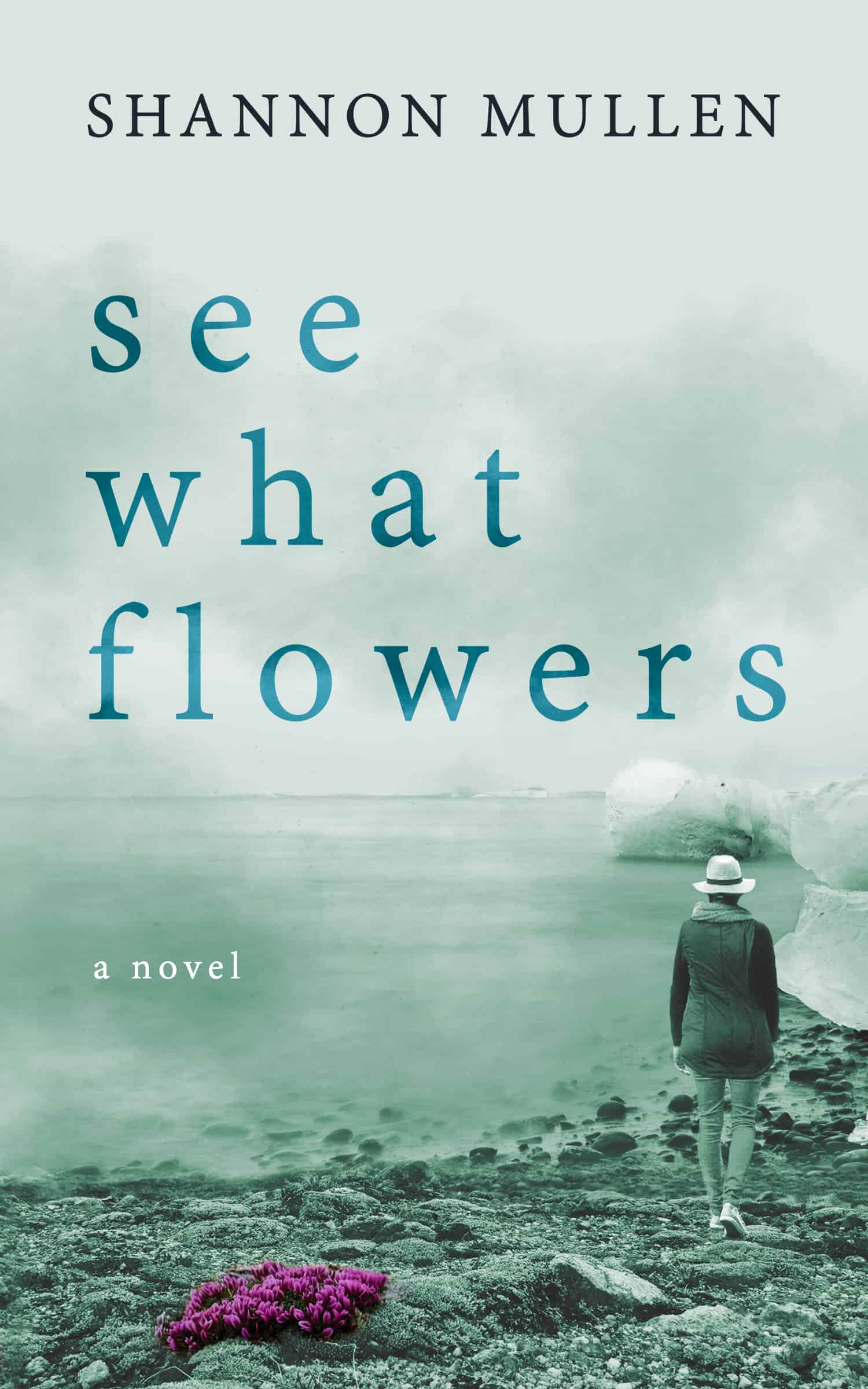Shannon Mullen is a high school teacher and writer living in Toronto. Her new book, See What Flowers is a story about love and mental illness.
It begins with Adam Davison waking up in Vancouver with no idea where he is or how he got there. Meanwhile his girlfriend, Emma Watters, is at their home in Toronto, searching desperately for information about Adam’s whereabouts. It’s written in “he said/she said” personal narratives and follows the couple’s journey towards understanding, forgiveness, and escape.
SDTC: Where does the inspiration come from for See What Flowers?
SM: While See What Flowers comes from personal experience and extensive research, it is a work of fiction. I wrote it after having worked as a teacher in Nunavut, where suicide rates are ten times the national average, so I was hyper-conscious of the impact that mental illness can have on individuals and communities, particularly when those suffering from mental illness face barriers to accessing mental health services.
At the same time, a few of my friends happened to be in relationships that were being impacted by mental illness. So the characters of Adam and Emma, as well as the relationship challenges they face when confronted with undiagnosed mental illness, were inspired by a collection of different personal experiences, rather than just one.
What do you want readers to take away from your book?
The importance of forgiveness and acceptance. The novel centers on the questions: How can we know if someone we love is experiencing mental illness? What can we do to support them in a way that is healthy for both our relationships and ourselves?
Emma, the female protagonist, is a strong, highly motivated woman who achieves her dreams of being a doctor through persistence and hard work. Once her relationship starts to fall apart, she tries to do whatever she can to help Adam; however, she learns that she can’t love someone into getting better.
Sometimes all you can do is direct those you love to the services they need to help themselves. Sometimes love means letting go. This doesn’t mean relationships can’t survive when confronted by mental illness; many do. But mental illness adds another set of challenges that couples will need to work through.

Author Shannon Mullen
What was your approach to writing it?
My approach to writing is very unstructured and chaotic. I’m definitely a binge writer and write in spurts. Most of the writing happened when I wasn’t writing, like when I was riding my bike or walking, and just giving myself space to think. I would have ideas and I would have to stop and write them down on my phone and then email them to myself.
Actually a lot of this novel was written on the TTC! I knew I wanted to include a few strong images, such as Emma waking up after the happiest night of her life to discover that Adam was gone, as well as the cover scene where Emma is walking a dog in the Arctic, and the story unfolded as I tried to connect these images through research. I never really had a plan when I sat down to write. I just wrote and then looked back and thought, “Okay, that works. I guess that’s how the story is going to happen.”
It is very difficult to manage working full-time and making time for writing, especially with teaching because it is not a job where you leave the office and the work is done. As a teacher, there’s always more that I can do and more ways I can improve my lessons or provide better feedback for students. This year in particular, I found myself resenting my job sometimes because it took up so much of my time, even though I do really enjoy it. It is just hard to find a balance. I had to learn to accept limitations and set boundaries on my time so that I could fit time in for writing.
I did take about a year off from teaching after I came back from Nunavut to write the first draft. I was very lucky to be in a financial position to do that. I did the editing while I was working as a teacher in Colombia. I find it easier to do editing in little bits here and there because I don’t have to be as immersed in the creative process.
What did you uncover in your research for the book that surprised you?
There are a few key things that really surprised me. The first is the prevalence of mental illness in our society. One in five Canadians will suffer from mental illness at some point in their lifetime. This means that likely all of us will be in situations where someone we love is experiencing mental illness. Hopefully through increased dialogue and education, we will be able to continue to reduce the stigma associated with mental illness so individuals are able to access the services they need to stay healthy.
The other surprising fact is the idea that depression can be “contagious.” This means that those who takes on the role of the “caretaker” can experience a decline in their own mental health when they are trying to support those they love who are suffering from mental illness.
It can be very, very difficult to be in a relationship with someone experiencing mental illness, especially when they are not getting help. So it is important that those who love someone with a mental illness also seek out support for themselves, kind of like that idea that you have to put on your own oxygen mask before you can put on someone else’s.



 Follow Us On Instagram
Follow Us On Instagram
